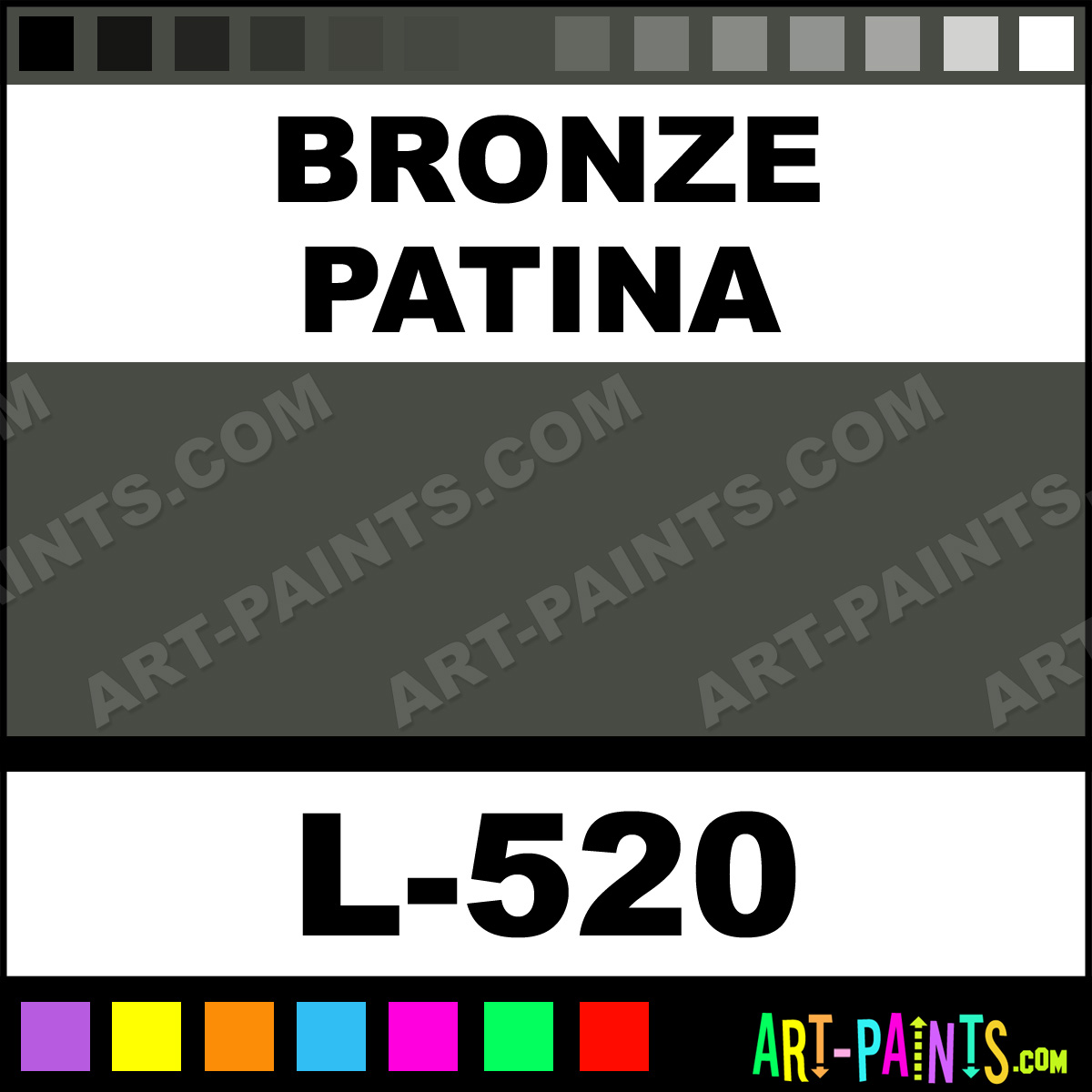

Oils and sweat from people’s hands are potential agents of decay, with the organic acids and chloride ions transferred upon contact between skin and metal, capable of causing significant attack on metallic surfaces.Īny agent that affects protective films on metals may enhance corrosion of the underlying metal. These latter materials do not form a coherent surface layer, effectively removing the corrosion resistance of the metal. They can speed up the corrosion rate and are capable of penetrating protective oxide layers on metals such as copper and aluminium to form metal chlorides. Chloride ions, present in common salt (sodium chloride), may originate from human or animal contact (perspiration) or from airborne sea salts.

Moisture and oxygen are required for corrosion (oxidation) of metals to occur.
#Aluminium bronze patina professional#
If in any doubt, avoid any treatments that will remove these minerals until professional advice has been obtained.įigure 1: Bronze Buddha head showing patina and gold-leaf additions. On the other hand, as Victorian era silver candelabra were usually kept in a highly polished state, accumulated tarnish should be removed.ĭo not confuse the patina with a lumpy, pustular or uneven corrosion mound that may lie above the original surface of an object. For instance, under no circumstances should the patina be removed from an ancient bronze sculpture. The patina is a film of metal corrosion products which forms on the surface of an object, either as a result of exposure to the elements or because of deliberate artistic intervention (Figure 1).īefore any decision is made to remove the patina from an object the nature of the object and its history must be considered very carefully. Chinese bronzes and Japanese sword guards are examples of objects where colour is an integral part of the object. Copper is often combined with zinc to form brass and with tin to form bronze.ĭistinctive colours were often prized and as a result the compositions of metals were manipulated to obtain the desired effect. Iron for example, can be alloyed with carbon to form cast iron or with chromium and nickel to form stainless steel. Properties of metals, such as appearance, strength, malleability and chemical reactivity can be altered by alloying with other metals or by the presence of other impurities. Consequently, metal objects make up a large part of many collections kept in museums, historical societies and private households. These materials have been used, either in pure form or when combined with other metals, to produce an enormous variety of objects including weapons, tools and decorative art objects.

The development of western and eastern societies has been closely linked with the working of metals. The earliest metallic artefacts were beaten from naturally occurring copper metal and date back more than 6000 years. The significance of metals to human society is so great that two of the major eras of prehistory are described in terms of the Bronze Age and the subsequent Iron Age.


 0 kommentar(er)
0 kommentar(er)
